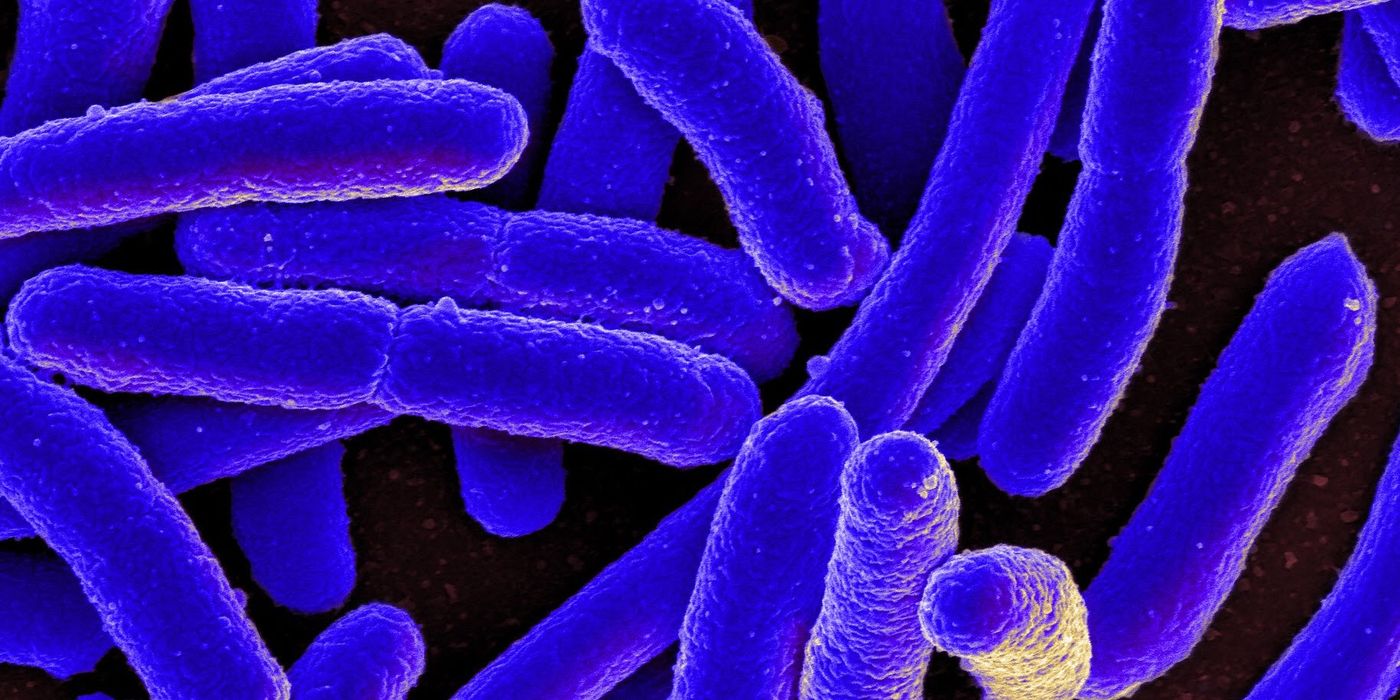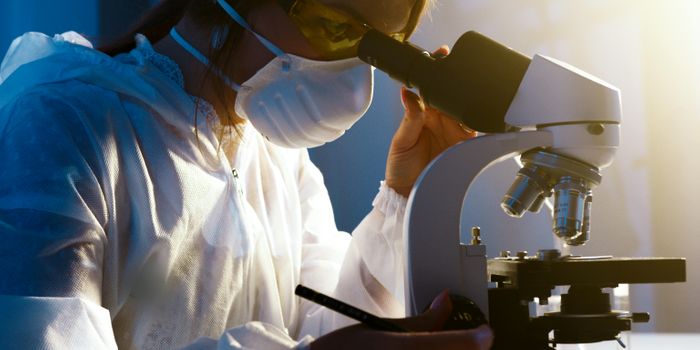Why Does E. Coli Make us Sick?
Escherichia coli, or E. coli, refer to a diverse group of bacteria commonly found in the lower intestine of warm-blooded animals. While E. coli garner a lot of public attention when it comes to foodborne illnesses, it is important to understand that E coli are not all the same. Some are pathogenic, but most are benign or commensal.
Commensal E. coli are a part of healthy gut microbiota and help with satiety, iron absorption, and immunity. After eating a nutritious meal, gut E. coli proliferate and release proteins that send “full” signals to the brain. Another protein secreted by gut E. coli picks up free iron and escorts it to the host’s mitochondria for use. Commensal E. coli can also protect humans from pathogenic bacteria. Diverse, established populations of beneficial E. coli use up available nutrients in the gut and prevent pathogenic E.coli strains from colonizing the region. Unfortunately, pathogenic E. coli can still infect the most vulnerable among us.
The E. coli responsible for the latest outbreak of foodborne illness belongs to a small group of E. coli known as Shiga toxin-producing E. coli or STEC. Its name comes from the similarity of the shiga toxins to those of Shigella dysenteriae, another bacteria that infects the digestive tract. STEC are transmitted primarily through consumption of contaminated foods, such as raw or undercooked ground meat products, raw milk, and contaminated raw vegetables and sprouts.
It is the expression of the shiga toxin protein that makes STEC virulent. Shiga toxin forms a complex with lipopolysaccharide (LPS, another E. coli product), and triggers the formation of a multiprotein signaling complex in the host cell that results in the production of proinflammatory cytokines and causes the cell to swell and proceed to pyroptosis (explosive cell death). Below is a video of bone-marrow-derived macrophages undergoing pyroptosis. It’s a messy process, happens along the length of the intestines, makes epithelial cells lyse, and results in bloody stools and diarrhea.
Symptoms of STEC infections vary but often include severe stomach cramps, bloody diarrhea and a possible low-grade fever. The majority of those infected with STEC get better within 5–7 days, however a small fraction progress on to the more severe hemolytic uremic syndrome (HUS). Symptoms of HUS include fever, abdominal pain, feeling very tired, decreased frequency of urination, small unexplained bruises or bleeding, and pallor. With proper medical care, most people with HUS recover within a few weeks so it is important to see your healthcare provider immediately if you have HUS symptoms. Unfortunately, some with HUS suffer permanent damage or die.
The best treatment for STEC infection is prevention. Regular hand washing, especially before handling food and after using the toilet, is important. When preparing meals, keep raw foods separate from cooked food. Wash well all fruits and vegetables that are to be eaten raw and check that cooked food is heated to at least 160 degrees Fahrenheit. Lastly, mind all recalls. Proper food handling goes a long way towards keeping our gut microbiota full of beneficial E. coli and free of pathogenic E. coli.
Sources: JEM Video, Science Direct, USDA, Microbial Cell, Infection and Immunity, FDA
Check out the video to watch macrophages go through pyroptosis.









